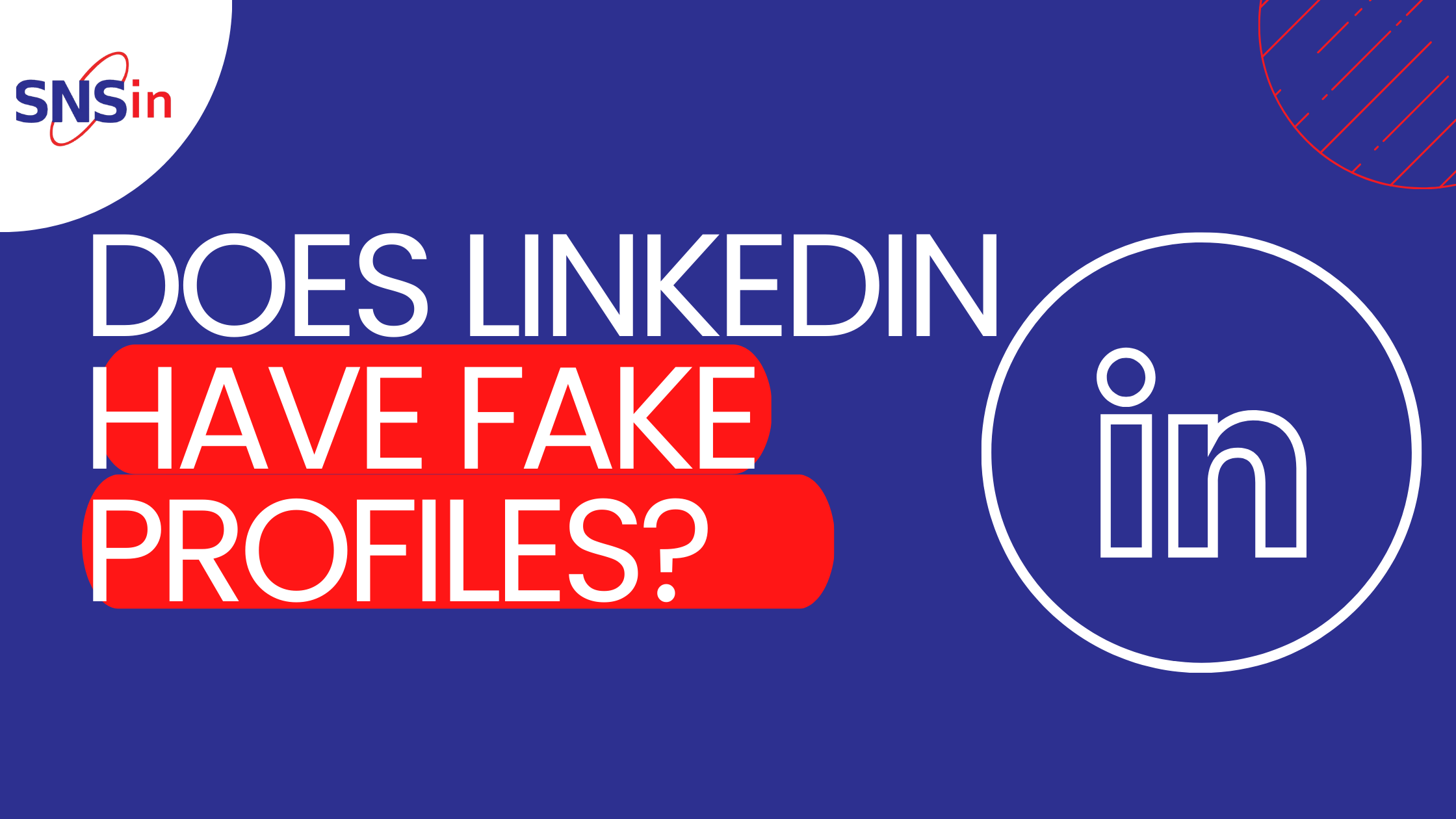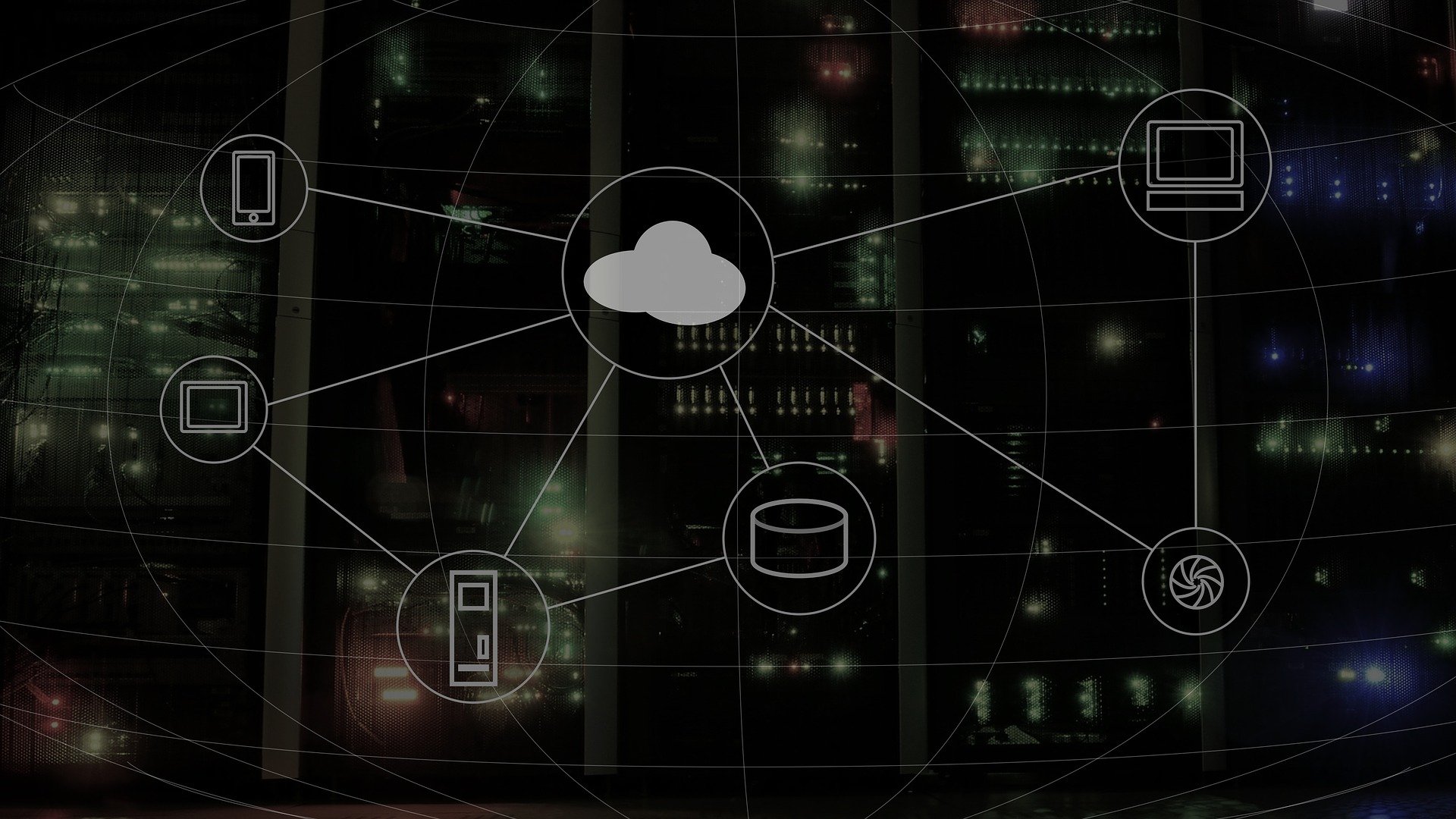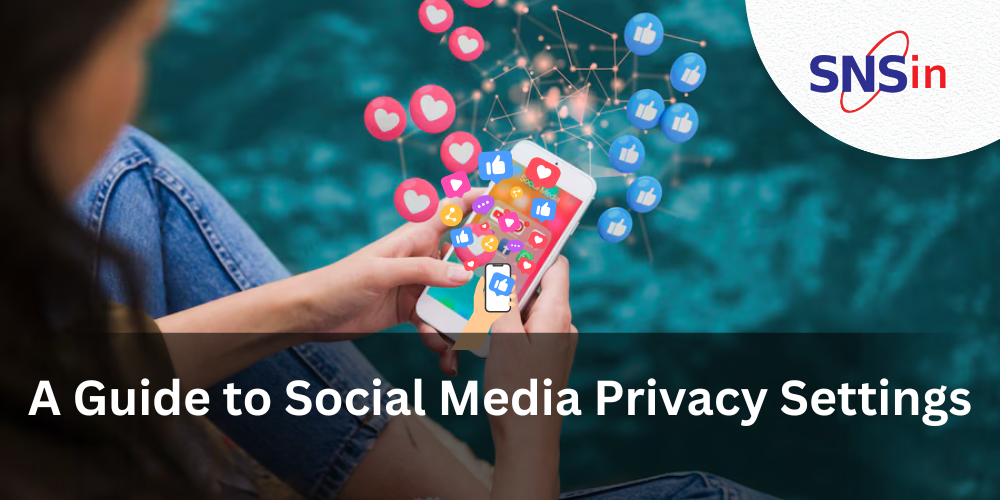As the number of people moving into the digital space increases, professions and organizations are also participating in this trend. LinkedIn especially has become a space to boost the career and get noticed by the top personals of the corporate area.
Nevertheless, the possibilities of fraud and wrongdoing are not absent even in this space. LinkedIn faces the same threats as any other business platform, one of them being— fake profiles. These profiles are created to connect with unsuspecting people and then collect their personal and professional information. These processes are a part of an enormous social-engineering scam that involves wrongfully collecting information and then impersonating the people whose data is stolen.
LinkedIn’s latest transparency report shows that the business platform removed 96% of fake accounts using automation and technological defences. In the second half of 2021, it removed 11.9 million fake accounts at the registration stage and an additional 4.4 million before they were reported by a user. This shows that LinkedIn is also not exempt from the more significant issue of fake profiles that many online platforms are struggling with.
Why do fake LinkedIn profiles exist?
Confidential information about any person is the greatest asset they may possess. Every bit of data shared in oblivion on the internet is being exposed to some threat actor somewhere, waiting to take advantage of it. For the same reason, LinkedIn has been infested with a plethora of fake profiles made by people waiting on some private information of an innocent user. The motivation is to succeed in any of the following.
-
Gathering a list of email addresses: This was a major cause until LinkedIn made accessing people’s email addresses a little complicated. Scammers stopped attempting to do this, but now they create fake profiles because users still make their email addresses public. Therefore, they become accessible publicly to other users, which may include hackers and threat actors.
-
Identity theft: A phoney profile can be created with many other details once the email address is stolen. After this, the falsely constructed information can be used to target contacts of the victim and spread incorrect knowledge about them or impersonate them to ask for financial support, bank account details etc.
-
Phishing threat: Once a hacker has established contact with another user using a fake profile, they will start bombarding the victim with malicious links and files to their inbox to transfer the threat via the platform. This can again cause damage to the user device, compromise any sensitive data saved on it or simply lure the user to share confidential information.
-
Coming across as genuine: To establish trust, fake account holders try establishing many contacts. Acceptance of a connection request validates the genuineness of a profile. Further, a user is more likely to accept the invite if there are mutual friends.
How to spot fake profiles
Although a lot has been done to do away with fake profiles on LinkedIn, they continue to be rampant. However, being alert and knowing some tell-tale signs of ingenuity is an important first step all users can take.
Here are some of the ways fake profiles can be spotted:
-
Fake profile pictures: Fake accounts, often, have rando pictures used as profile pictures. This is the first important signal that the profile is fake.
-
Incomplete profile: A major red flag is an incomplete profile in which the education, profession, current job etc., are not visible unless it is a private account. The user’s About page, too, will have certain inconsistencies, which will be enough to spark suspicion.
-
Poor spelling and broken language: Details such as experience and education will have spelling errors in most fake profiles. If the profile owner is well-educated, it is unlikely that there will be a lot of spelling mistakes, and their presence should be enough to tell the user that the profile is incorrectly put together.
-
Suspicious work history: An individual’s work history should be cross-checked, as scammers have enough reasons to fabricate and make it seem too good to be true.
-
Unrealistic pitches: Being an excellent platform for job searchers to connect with employers and recruiters, there is a risk of scammers taking advantage of this feature by sending fraudulent employment offers. These interactions frequently include links that request personal information to ‘click apply’ for the job or ask for money to pay training expenses. A little follow-up with the scammer will reveal that there was never any promise of a job or that the entire offer has been fabricated for the ulterior purpose of stealing information or sending a phishing threat to the victim. All the above will never lead to actual work, but they may result in identity theft.
Wrap up
Through this blog, we wanted to spread the awareness that LinkedIn, even though an elite and well-known platform, suffers from fake profiles and the threat of someone’s information being wrongfully used for malicious purposes. Education and awareness of the problem is the first step in combating the issue.
![]()



